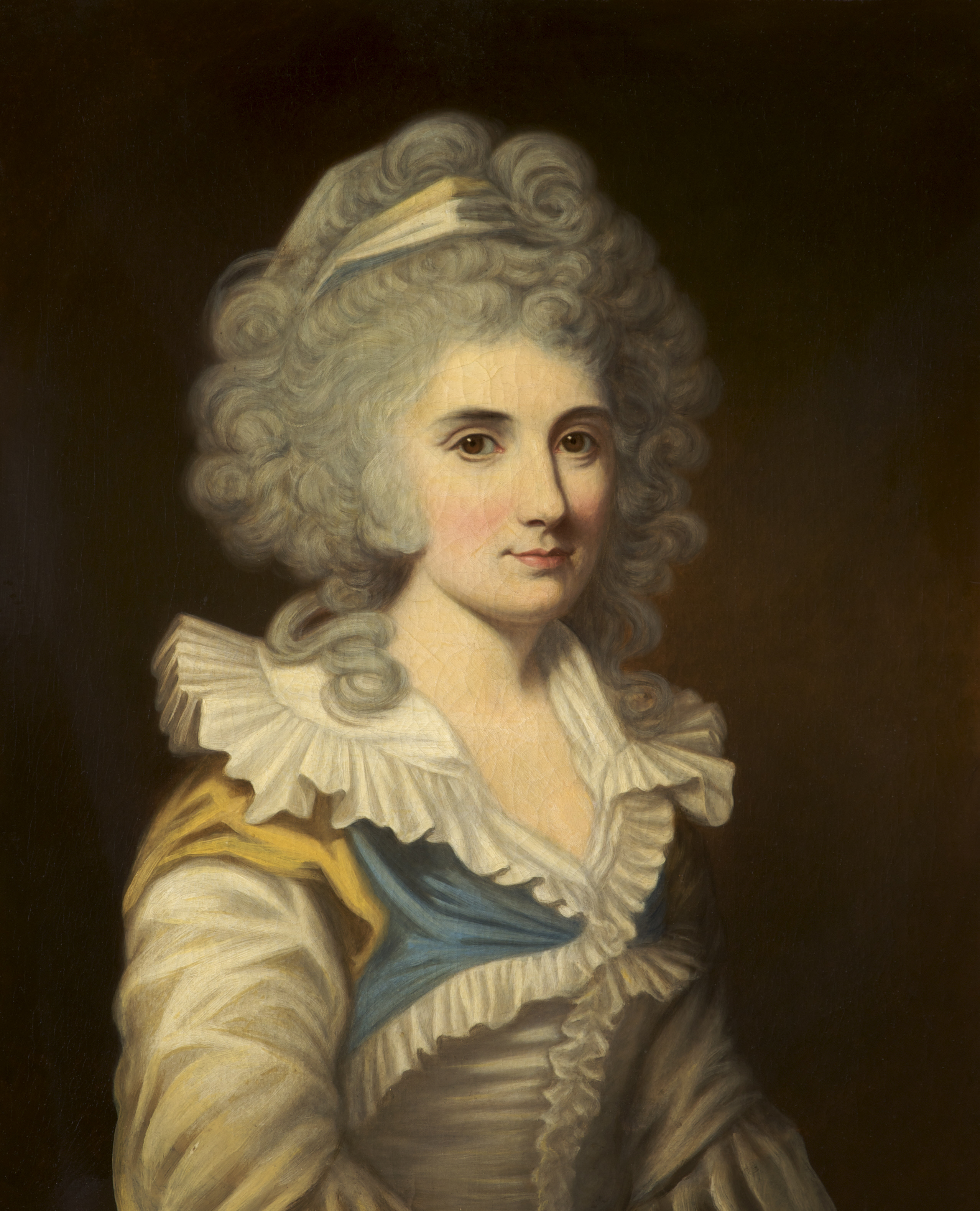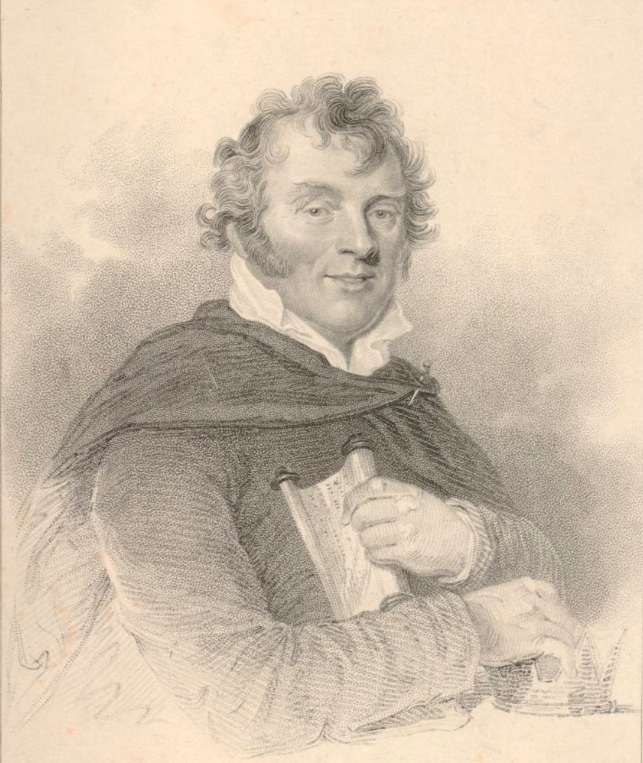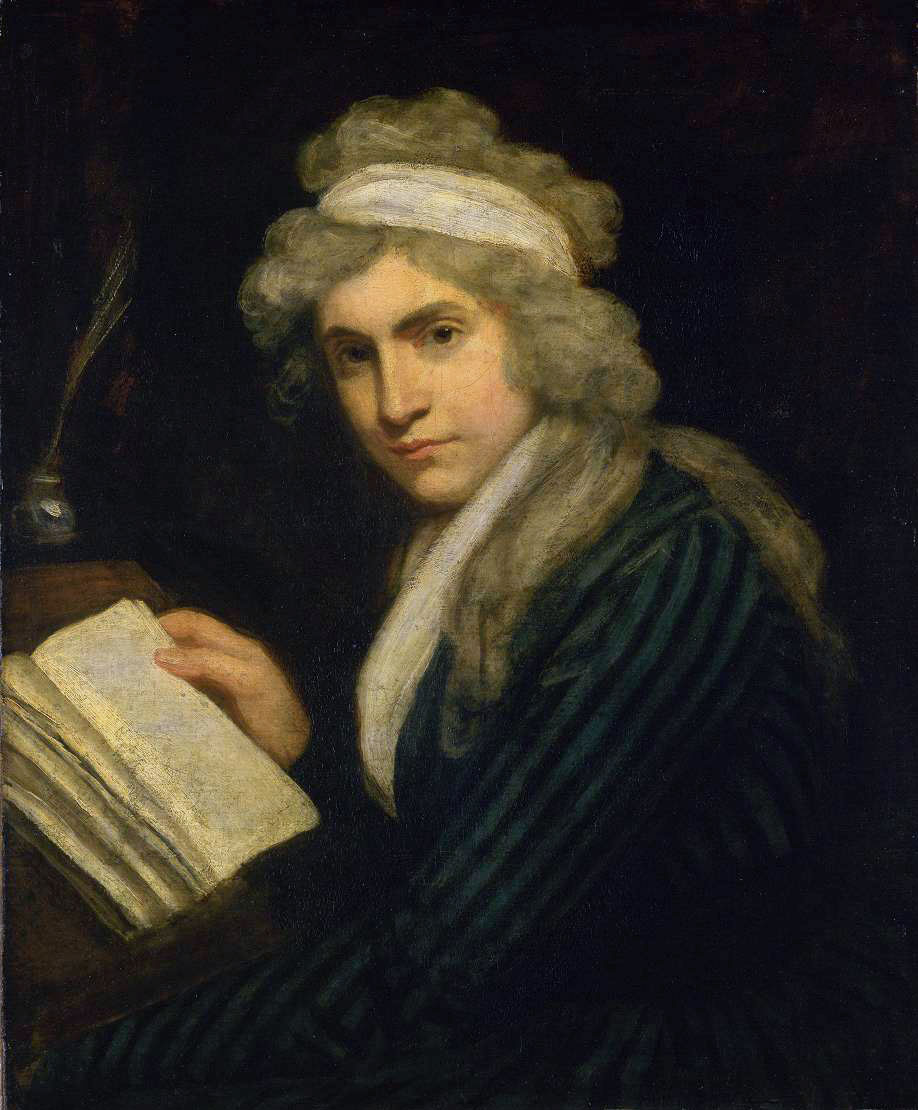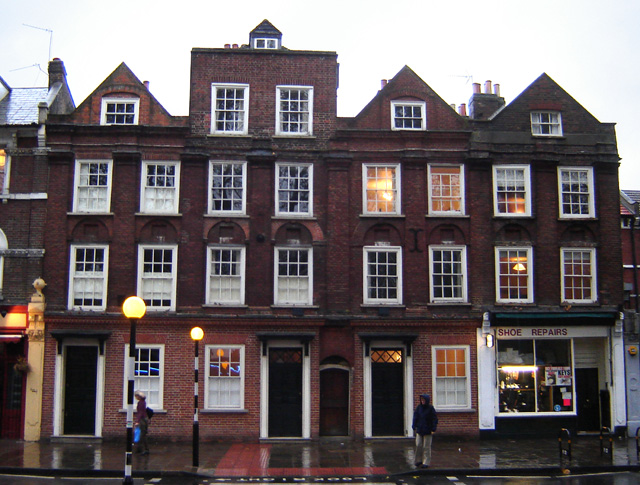|
Hannah Greg
Hannah Greg ( Lightbody; 1766 – 1828), with her husband Samuel Greg, was the architect of a paternalistic industrial community in the north of England, a prominent Unitarian and significant diarist. While her husband Samuel Greg pioneered new ways of running a cloth mill, she supervised the housing and conditions of the employees, including the education of the child workers. The Gregs, despite family connections to the slave trade, were considered enlightened employers for the time, and though in the 1830s the apprentice system was questioned, Quarry Bank Mill maintained it until her death. Early life and education Lightbody was born in 1766, she was the daughter of a wealthy Unitarian Liverpool merchant, Adam Lightbody (1729–1778), and Elizabeth Tylston (1735–1801), who came from a prominent dissenting family. Elizabeth's grandfather was John Tylston, the "good doctor of Chester", who married a daughter of Philip Henry, the ejected preacher, and thus Elizabeth had move ... [...More Info...] [...Related Items...] OR: [Wikipedia] [Google] [Baidu] |
Samuel Greg
Samuel Greg (26 March 1758 – 4 June 1834) was an Irish-born industrialist and entrepreneur of the early Industrial Revolution and a pioneer of the factory system. He built Quarry Bank Mill, which at his retirement was the largest textile mill in the country. He and his wife Hannah Greg assumed welfare responsibilities for their employees, many of whom were children, building a model village alongside the factory. At the same time, Greg inherited and operated a slave plantation in the West Indies. Atlantic-trading Belfast family Greg was born in Belfast, Ireland, the second son, and one of thirteen children, born to Elizabeth (Hyde) (1721-1780) and Thomas Greg of Belfast (1718 – 1796). With his business partner and brother-in-law, Waddell Cunningham, Thomas Greg commanded one of the greatest mercantile fortunes in Ireland. The son of a Scottish blacksmith, in the 1740s Thomas Greg bought a small ship which carried salted provisions, linen and butter to the West Indies an ... [...More Info...] [...Related Items...] OR: [Wikipedia] [Google] [Baidu] |
Stoke Newington
Stoke Newington is an area occupying the north-west part of the London Borough of Hackney in north-east London, England. It is northeast of Charing Cross. The Manor of Stoke Newington gave its name to Stoke Newington the ancient parish. The historic core on Stoke Newington Church Street retains the distinct London village character which led Nikolaus Pevsner to write in 1953 that he found it hard to see the district as being in London at all. Boundaries The modern London Borough of Hackney was formed in 1965 by the merger of three former Metropolitan Boroughs, Hackney and the smaller authorities of Stoke Newington and Shoreditch. These Metropolitan Boroughs had been in existence since 1899 but their names and boundaries were very closely based on parishes dating back to the Middle Ages. Unlike many London districts, such as nearby Stamford Hill and Dalston, Stoke Newington has longstanding fixed boundaries; however, to many. the informal perception of Stoke Newington has ... [...More Info...] [...Related Items...] OR: [Wikipedia] [Google] [Baidu] |
Wilmslow
Wilmslow ( ) is a market town and civil parish in the unitary authority of Cheshire East in Cheshire, England, south of Manchester city centre. The population was 24,497 at the 2011 Census. History Toponymy Wilmslow derives its name from Old English ''Wīghelmes hlāw'' = "mound of a man called Wīghelm." Lindow Man Much about the local Iron Age history of Wilmslow was uncovered with the discovery of Lindow Man, in Lindow Moss. Preserved in the peat bogs for 2,000 years, Lindow Man is one of the most important Iron Age finds in the country. Despite a campaign to keep Lindow Man in the area, he was transferred to the British Museum and is a central feature of the Iron Age exhibition. Lindow Man returned to Manchester Museum in April 2008 for a year-long exhibition. Recent history An IRA bomb exploded near the railway station in March 1997, damaging signalling equipment. The original IRA message was confusing and led to the evacuation of the Wilmslow Police Station to the lo ... [...More Info...] [...Related Items...] OR: [Wikipedia] [Google] [Baidu] |
River Bollin
The River Bollin is a major tributary of the River Mersey in the north-west of England. It rises in Macclesfield Forest at the western end of the Peak District, and can be seen in spring form, from the Buxton to Macclesfield road. The stream then descends the through Macclesfield and The Carrs Park in Wilmslow where it has a confluence with the River Dean, near to Styal Prison. For the following it defines the southwestern portion of the border between Greater Manchester and Cheshire before merging with the River Mersey north of Lymm. It flows through the Styal country park and was used in the cotton calico factory there, Quarry Bank Mill, as a source of power. Near to the Quarry Bank Mill site there is a natural weir. The Bollin is culverted underneath the southern runway of Manchester Airport. The town of Macclesfield Macclesfield is a market town and civil parish in the unitary authority of Cheshire East in Cheshire, England. It is located on the River Bollin i ... [...More Info...] [...Related Items...] OR: [Wikipedia] [Google] [Baidu] |
Water Frame
The water frame is a spinning frame that is powered by a water-wheel. Water frames in general have existed since Ancient Egypt times. Richard Arkwright, who patented the technology in 1769, designed a model for the production of cotton thread; this was first used in 1765. The Arkwright water frame was able to spin 96 threads at a time, which was an easier and faster method than ever before. The design was partly based on a spinning machine built for Thomas Highs by clockmaker John Kay, who was hired by Arkwright. Being run on water power, it produced stronger and harder yarn than the then-famous " spinning jenny", and propelled the adoption of the modern factory system. Another water-powered frame for the production of textiles was developed in 1760, in the early industrialized town of Elberfeld, Prussia (now in Wuppertal, Germany), by German bleach plant owner Johann Heinrich Bockmühl. The name ''water frame'' is derived from the use of a water wheel to drive a number of ... [...More Info...] [...Related Items...] OR: [Wikipedia] [Google] [Baidu] |
Lancaster, Lancashire
Lancaster (, ) is a city and the county town of Lancashire, England, standing on the River Lune. Its population of 52,234 compares with one of 138,375 in the wider City of Lancaster local government district. The House of Lancaster was a branch of the English royal family. The Duchy of Lancaster still holds large estates on behalf of Charles III, who is also Duke of Lancaster. Its long history is marked by Lancaster Castle, Lancaster Priory Church, Lancaster Cathedral and the Ashton Memorial. It is the seat of Lancaster University and has a campus of the University of Cumbria. The Port of Lancaster played a big role in the city's growth, but for many years the outport of Glasson Dock has become the main shipping facility. History The name of the city first appeared in the Domesday Book of 1086, as ''Loncastre'', where "Lon" refers to the River Lune and "castre" (from the Old English ''cæster'' and Latin ''castrum'' for "fort") to the Roman fort that stood on the site. Roma ... [...More Info...] [...Related Items...] OR: [Wikipedia] [Google] [Baidu] |
Society Of United Irishmen
The Society of United Irishmen was a sworn association in the Kingdom of Ireland formed in the wake of the French Revolution to secure "an equal representation of all the people" in a national government. Despairing of constitutional reform, in 1798 the United Irishmen instigated a republican insurrection in defiance of British Crown forces and of Irish sectarian division. Their suppression was a prelude to the abolition of the Protestant Ascendancy Parliament in Dublin and to Ireland's incorporation in a United Kingdom with Great Britain. An attempt to revive the movement and renew the insurrection following the Acts of Union was defeated in 1803. Espousing principles they believed had been vindicated by American independence and by the French Declaration of the Rights of Man, the Presbyterian merchants who formed the first United society in Belfast in 1791 vowed to make common cause with their Catholic-majority fellow countrymen. Their "cordial union" would upend Irel ... [...More Info...] [...Related Items...] OR: [Wikipedia] [Google] [Baidu] |
Jane Greg
Jane "Jenny" Greg (1749 - 1817) in the 1790s was an Irish republican agitator with connections to radical political circles in England. Although the extent of her activities are unclear, in suppressing the Society of United Irishmen the British commander, General Lake, described Greg as "the most violent creature possible" and as someone who had caused "very great oliticalmischief" in her native Belfast. Child of a trans-Atlantic fortune Greg was the second of thirteen children born to Elizabeth (Hyde) (1721-1780) and Thomas Greg of Belfast (1718 – 1796). With his business partner and brother-in-law, Waddell Cunningham, her father commanded one of the greatest mercantile fortunes in Ireland. The son of a Scottish blacksmith, in the 1740s Thomas Greg bought a small ship which carried provisions to the West Indies and returned with flaxseed. Dealings in New York brought him into contact and partnership with Waddell Cunningham, another Belfast Presbyterian. By 1775 Greg and C ... [...More Info...] [...Related Items...] OR: [Wikipedia] [Google] [Baidu] |
Roger O'Connor
Roger O'Connor (1762-1834) was an Irish nationalist and writer, known for the controversies surrounding his life and writings, notably his fanciful history of the Irish people, the '' Chronicles of Eri''. He was the brother of the United Irishman Arthur O'Connor, and the father of the Chartist leader Feargus O'Connor and of Francisco Burdett O'Connor who was to fight in the Spanish American wars of independence. Early life O'Connor was born in Connorville, County Cork, into an Irish Protestant family.James Dunkerley, ''Americana: The Americas in the World Around 1850'', Verso, 2000, pp.449-50. He studied law and was called to the bar in 1784. He married Louisa Anna Strachan, who died after giving birth to two children, Louise and Roderic.James Dunkerley, "The Third Man: Francisco Burdett O'Connor and the Emancipation of the Americas", ''University of London Institute of Latin American Studies Occasional Papers'', No. 20, 1999. He remarried in 1788, to Wilhamena Bowen, who bore ... [...More Info...] [...Related Items...] OR: [Wikipedia] [Google] [Baidu] |
Mary Wollstonecraft
Mary Wollstonecraft (, ; 27 April 1759 – 10 September 1797) was a British writer, philosopher, and advocate of women's rights. Until the late 20th century, Wollstonecraft's life, which encompassed several unconventional personal relationships at the time, received more attention than her writing. Today Wollstonecraft is regarded as one of the founding feminist philosophers, and feminists often cite both her life and her works as important influences. During her brief career, she wrote novels, treatises, a travel narrative, a history of the French Revolution, a conduct book, and a children's book. Wollstonecraft is best known for ''A Vindication of the Rights of Woman'' (1792), in which she argues that women are not naturally inferior to men, but appear to be only because they lack education. She suggests that both men and women should be treated as rational beings and imagines a social order founded on reason. After Wollstonecraft's death, her widower published a ''Memoir ... [...More Info...] [...Related Items...] OR: [Wikipedia] [Google] [Baidu] |
Richard Price
Richard Price (23 February 1723 – 19 April 1791) was a British moral philosopher, Nonconformist minister and mathematician. He was also a political reformer, pamphleteer, active in radical, republican, and liberal causes such as the French and American Revolutions. He was well-connected and fostered communication between many people, including Thomas Jefferson, John Adams, George Washington, Mirabeau and the Marquis de Condorcet. According to the historian John Davies, Price was "the greatest Welsh thinker of all time". Born in Llangeinor, near Bridgend, Wales, Price spent most of his adult life as minister of Newington Green Unitarian Church, on the then outskirts of London, England. He edited, published and developed the Bayes–Price theorem and the field of actuarial science. He also wrote on issues of demography and finance, and was a Fellow of the Royal Society. Early life Born on 23 February 1723, Richard Price was the son of Rhys Price, a dissenting minister. ... [...More Info...] [...Related Items...] OR: [Wikipedia] [Google] [Baidu] |







